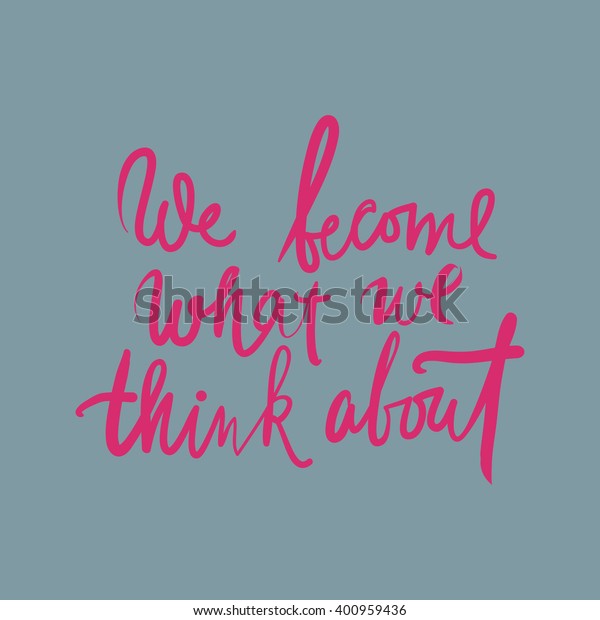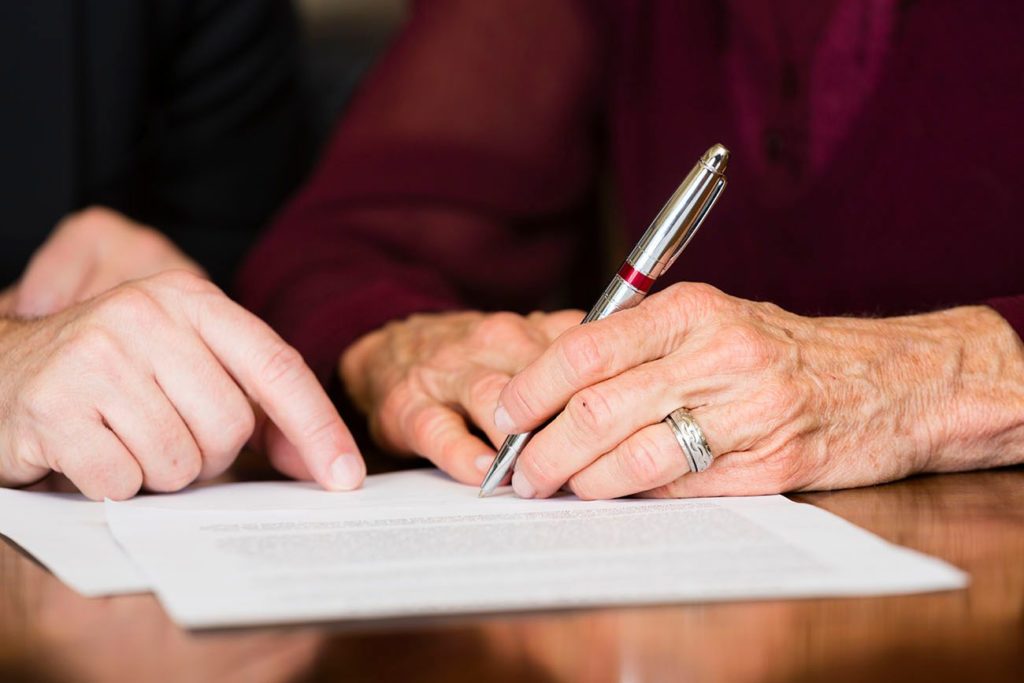- Firearms education is crucial. These lessons will help you acquire a safe mindset, confident knowledge in firearms, and a foundation for shooting.
- For industrial maintenance technicians and electricians, these insulated hand tools offer the greatest safety, comfort and quality/ruggedness when working on energized circuits, maximizing comfort and minimizing the chance of stress-related injuries.
- Book Hand Hotel Bed and Breakfast, Fairplay on Tripadvisor: See 83 traveler reviews, 41 candid photos, and great deals for Hand Hotel Bed and Breakfast, ranked #1 of 3 B&Bs /.

Joe Graedon is a pharmacologist who has dedicated his career to making drug information understandable to consumers. His best-selling book, The People’s Pharmacy, was published in 1976 and led to a syndicated newspaper column, syndicated public radio show and web site. Feb 19, 2019 - Hand Embroidery Amazing Trick, Easy Flower Embroidery Trick with Hair Comb This video aboutHand Em oidery Amazing Trick, Easy Flower Em oidery Trick with Hair Comb For More Videos Pleasenbsp.
Download file to see previous pages Hand hygiene protects health-care workers and patients from cross-infection. Even as this remains clear, compliance with the guidelines by the health workers remains poor. However, hand hygiene practices, as well as compliance with skin protection measures, will always be essential in the medical field (Mathur, 2011). Alcohol-based hand rubs have been proven to be superior to traditional handwashing as they are much faster, less irritating and contribute to decreased cross-infection rates such as MRSA (Methicillin-resistant Staphylococcus aurous) infection that is caused by Staphylococcus aurous bacteria known to be a contributor to fatality rates.The best practice to prevent these infections is through handwashing using soap and water or alcohol-based hand sanitizer. However, reported cases of rising fatalities and disease incidences within the wards due to non-compliance to this practice in health care settings such as hospitals, dialysis centers, and nursing homes have been criticized for the rise in cross-infection and fatalities. Hospital-associated infections are a serious issue facing Australian hospital wards prompting the need to start national hand hygiene programs such as the National Hand Hygiene Initiative (NHHI). This shows that non-compliance is a serious issue in Australia and so my proposing activity is to examine the factors affecting compliance in medical wards (Sax et a.l, 2007). To show the relationship between infection rates and hand hygiene, data of compliance will be collected using a quantitative method.
/__opt__aboutcom__coeus__resources__content_migration__treehugger__images__2020__03__lifebuoy-soap-93e8540920094e25af0e50c742ba6209.jpg)
Hand hygiene practices are integral hospital practices that should be a core responsibility of health care workers. It is also the single most practical and cost-effective measure proven to prevent the incidences of hospital-associated infections as well as the prevalence of antimicrobial resistance at the health-care setting. This paper seeks to lay emphasis on hand hygiene as the simplest and most cost-effective technique of nosocomial infection prevention. This is because, despite advances in hospital epidemiology and infection control, the concept has inconsistently been translated into practice in Australia. ...Download file to see next pagesRead More
Created by Chris Irvine and Kara Crowley (Winter 2013)
A knowledge based society, or '21st century society', is one in which its members, through Lifelong learning, share innovations and expertise within a community of experts and non-experts, in the spirit of apprenticeship. This results in a network of knowledge which is created, shared, used and protected by the network itself. Knowledge is used to inform and improve ourselves and others both culturally and materially, with the goal of building a sustainable society. [1] 21st Century Learning skills are skills necessary in a knowledge-based society, such as information and communication skills (including information processing and research tools),thinking and problem solving skills (including using technological tools such as spreadsheets to solve problems and think creatively) and interpersonal and self-directional skills (such as e-learning and collaboration). [2] Educational assessment, according to the British Columbia Ministry of Education, is the 'process of gathering evidence of what a student knows, understands, is able to do and is working towards.' [3] In a knowledge-based society, with its network of both technology and people, current assessment tools require upgrading to ensure that learners are prepared for a rapidly changing and ever-connected community, society and world. It is important to understand the culturally significant values that are currently driving the need for knowledge and to consider the direction of the greater society before generating tools to measure the progress of learners in that society. In order to do that we must consider the needs of a 21st century learner in a knowledge-based society.
- 4Assessment for,as, and of learning
Needs of a knowledge-based society
- Numeracy skills: how to apply mathematical concepts to problem solving and everyday life.
- Literacy skills: functional literacy: able to learn from what they read
- Critical thinking skills: search skills to access information, critical thinking skills to analyze and evaluate info and problem solving skills to utilize information.
- Creativity and Innovation: able to generate ideas, see things in a different way from others, to approach new learning from different direction
- Technological literacy: able to use technology to enhance learning and increase productivity.
- Communications Literacy: being able to relate ideas to others in person, on paper, or with technology.
- Media Literacy: using media to access, assess and analyze information and use new media forms to communicate.
- Collaboration and teamwork: knowledge based societies are interactive and require multiple people working in diverse ways to be innovative.
- Personal organization: personal possessions, organizational materials, time management
- Motivation, Self-Regulation and Adaptability: Being able to set and accomplish goals, when and how to apply effort, making decisions, prioritizing choices, making responsible decisions to enable independence and skill transfer to many occupations.
- Ethics, Civic Responsibility, Cross-cultural awareness: treating others, our environment and our society respectfully and obeying laws are essential to a fully functioning society.
Current assessment tools
In schools, teachers generate criteria based on learning outcomes for the subject and grade and on expected levels of performance. In the early years, performance scales and written reports outline progress in relation to expected development of students in similar age ranges. In grades 4-12, letter grades indicate performance in relation to learning outcomes. Teachers may use performance standards which describe expected levels of achievement in reading, writing, numeracy and social responsibility.Assessment methods and tools recommended up until the present have included observation, student self-assessments, daily practice assignments, quizzes, samples of student work, pencil-and-paper tests, holistic rating scales, projects, oral and written reports, reviews of performance and portfolios. Evaluation is based on criteria which is based on learning outcomes. Norm-referenced evaluation (basic skills tests, diagnostic tests) is also permitted to be used for large-scale system assessments.[3]
Goals of 21st century assessments
Today's students need to collaborate with educators and make use of technology to get immediate feedback in order to improve outcomes. Technology allows educators to assess a student’s progress far more regularly than is possible with traditional classroom assessments and to identify and address each student’s challenges as they arise. This is in contrast to a system where assessment through tests and exams measures what a student learned at the end of an instructional unit, by which time it is often too late to address shortcomings. Having said that, measurement and assessment must not only be a tool to help the student learn but also to measure achievement for those outside the system, be it post-secondary education institutions or potential employers. However, what gets measured will impact upon both teaching and learning. Some of the skills discussed earlier are difficult to measure so it is important that a balance be struck that ensures a student’s progress is properly measured and yet does not stifle, or discourage some of the creativity and courage we are trying to engender in our students. The climate of assessment moves from exams and toward smaller more regular assessments. Data accessible to learners informs progress, with standards acting as anchors to learning. Rather than focusing on product based evaluations, performance and self knowledge are refined over time. Students are assessed before and during learning so that feedback may be provided that can be used to improve work and deepen understanding. In addition to quizzes, tests and worksheets, conferences, notes, self-reflection, journals and rubrics and checklists are used. Students are encouraged to assess themselves and their peers to enhance engagement and awareness of their own learning. Assessment is part of the learning process so that teachers and students are working together to monitor progress. [4]
Assessment for,as, and of learning
There are three distinct but inter-related purposes for classroom assessment: assessment for learning, assessment as learning, and assessment of learning.
Assessment for Learning
In assessment for learning, teachers use assessment as a research tool to find out as much as they can about what their students know and are able to do, as well what presumptions and misunderstandings they may have. Teachers also use assessment for learning to boost student's motivation and commitment to learning. [5]. Examples of 21st century assessment for learning tools, which include both diagnostic tests and formative assessments, are eportfolios, teacher observations, class discussions, and works in progress with comments, think-pair-share, journals, observation checklists, concept maps, and rubrics.

Assessment as Learning
Assessment as learning focusses on students and emphasizes assessment as a process of metacognition. Assessment as learning comes from the constructivist idea that learning is an active process that occurs when students interact with new ideas. It is based on research about how learning occurs and is characterized by students reflecting on their own learning and making adaptations, adjustments, and changes to their thinking. [5]. Examples of 21st Century assessment as learning tools include self-assessments, peer assessments, student-teacher conferences, teacher observations with feedback and interim product analysis. [6]
Assessment of Learning
Assessment of learning refers to strategies intended to corroborate what students know, show whether or not they have met curriculum outcomes or the goals of their individualized programs, or to confirm ability and make decisions about student's future programs or placements. It is intended to show evidence of achievement to other educators, parents, students themselves, and sometimes outside groups (e.g., educational institutions). [5]. Examples of 21st Century Assessment of Learning tools are eportfolios, with 'best piece' samples to show progress, open-ended response questions, descriptions of observations in Science experiments, historical role-playing arguments about the impact of decisions on current life, the writing process applied to poetry, long-term projects and problem-based reports. [7]
Current or traditional assessment practices are teacher focused, done with tests, quizzes and worksheets, completed outside of the learning and teaching activities and are done at the end of the learning activity for grading purposes. [8] Most of these tools would be considered as Assessment 'of' learning. 21st Century assessment tools will emphasize assessment 'as' and assessment 'for' learning tools.
Assessment directions in B.C.
According to the Curriculum and Assessment Framework Advisory Group of British Columbia, formed in November 2011, all assessment activities should support ongoing learning and focus on five cross-curricular learning competencies (communication, critical thinking, creative thinking and innovation, personal responsibility and well-being and social responsibility) along with learning standards for the age and subject (under development). Assessment materials should allow multiple ways to both assess and show learning, with opportunities for student self-assessment and assessment for learning. The group suggested developmental continua be developed for cross-curricular competencies, with performance standards in use changing to match the change in focus.

- There should be provincial assessments at the elementary and secondary levels.
- Provincial assessments should be used to provide feedback for learning
- Provincial assessments should allow multiple formats, including performance tasks, inquiries and class-based assessments
- Literacy and numeracy should be stressed at the elementary level
- Competencies and key learning areas should be emphasized at the secondary level [9]
Reporting
The language of 'reporting' should be shifted to 'communicating student learning' according to the advisory group. Teachers are encouraged to report at 'key times of the year' (p.7) about cross-curricular competencies and key learning, using performance scales. Self-assessment is encouraged, as well as using diverse measures of performance, such as portfolios, work samples and other evidence.
Conversations are continuing in regional meetings at present to determine the appropriate use of letter grades, cross-curricular competencies, aboriginal perspectives on learning, curriculum and how to assess personalized learning.
The Question of Support for Educators
According to the British Columbia Teachers Federation,school districts and teacher education programs will need to provide systemic supports to educators if the transition to 21st century learning is to be successful. They include formative assessment for learning supports in a climate where large scale testing is not supported.[2]

References
Apple (2008). “Apple classrooms of tomorrow—today. Learning in the 21st century”. Retrieved February 8, 2013 from http://ali.apple.com/acot2/global/files/ACOT2_Background.pdf
Intel (2010). Intel Teach Elements: Assessment in 21st century classrooms. Santa Clara, CA.:Intel. Retrieved Feb. 10, 2013 from http://www.intel.com/education/video/assess/content.htm
Open Colleges (2013). 'Components of a 21st century classroom'. Image retrieved from:http://www.opencolleges.edu.au/infographic/21st_century_classroom.html
Premier's Technology Council (2010).A vision for 21st century education. Victoria, B.C.:Author. Retrieved Feb.4, 2013 fromhttp://www.gov.bc.ca/premier/attachments/PTC_vision%20for_education.pdf
Old Wives Tale About Hand Itching
Western and Northern Canadian Protocol for Collaboration in Education (2006). Rethinking classroom assessment with purpose in mind. Retrieved Feb 17, 2013 from www.wncp.ca/media/40539/rethink.pdf
- ↑Palinkas, József (2011). Knowledge-Based Society. Paper presented at the World Science Forum. Budapest, Hungary. Retrieved February 7, 2013, from http://www.sciforum.hu/previous-fora/2003/permanent-update/knowledge-based-society.html)
- ↑ 2.02.1Naylor, Charles (2011). 21st century learning—Widening the frame of focus and debate: A BCTF Research discussion paper. Vancouver, B.C.:Author. Retrieved Feb. 01 from http://www.bctf.ca/uploadedFiles/Public/Issues/21CL/21CL-DiscussionPaper.pdf
- ↑ 3.03.1British Columbia Ministry of Education (1994). Assessment Handbook Series. Retrieved from B.C. Ministry of Education website: http://www.bced.gov.bc.ca/classroom_assessment/abouthand.htm
- ↑Intel(2010). Intel Teach Elements: Assessment in 21st century classrooms. Santa Clara, CA.:Intel. Retrieved Feb. 10, 2013 from http://www.intel.com/education/video/assess/content.htm))
- ↑ 5.05.15.2 Western and Northern Canadian Protocol for Collaboration in Education in Education (2006). Rethinking classroom assessment with purpose in mind. Retrieved from www.wncp.ca/media/40539/rethink.pdf
- ↑ Roberts, Clive (2011) 21st century learning - assessment for learning. Retrieved January 31, 2011 from http://digitallearningworld.com/tag/21st-century-pedagogy.
- ↑ HP (2001). 21st century learning and assessment. Tech & Learning. HP author.
- ↑Intel (2010). Intel Teach Elements: Assessment in 21st century classrooms. Santa Clara, CA.:Intel. Retrieved Feb. 10, 2013 from http://www.intel.com/education/video/assess/content.htm)
- ↑British Columbia Ministry of Education (2012). Enabling innovation: Transforming curriculum and assessment. Retrieved Feb. 7, 2013 from http://www.bced.gov.bc.ca/irp/docs/ca_transformation.pdf
About Handlooms
External links
